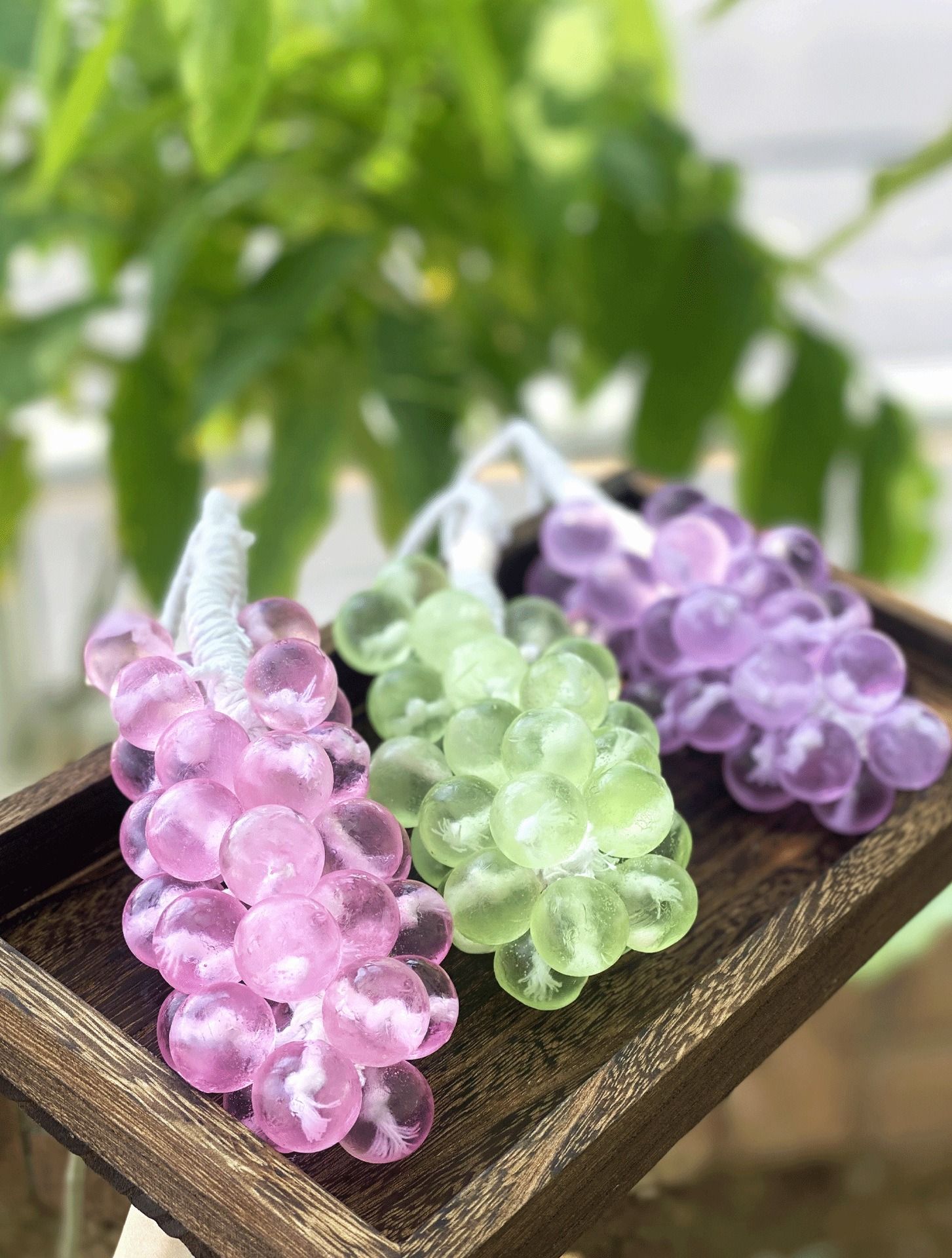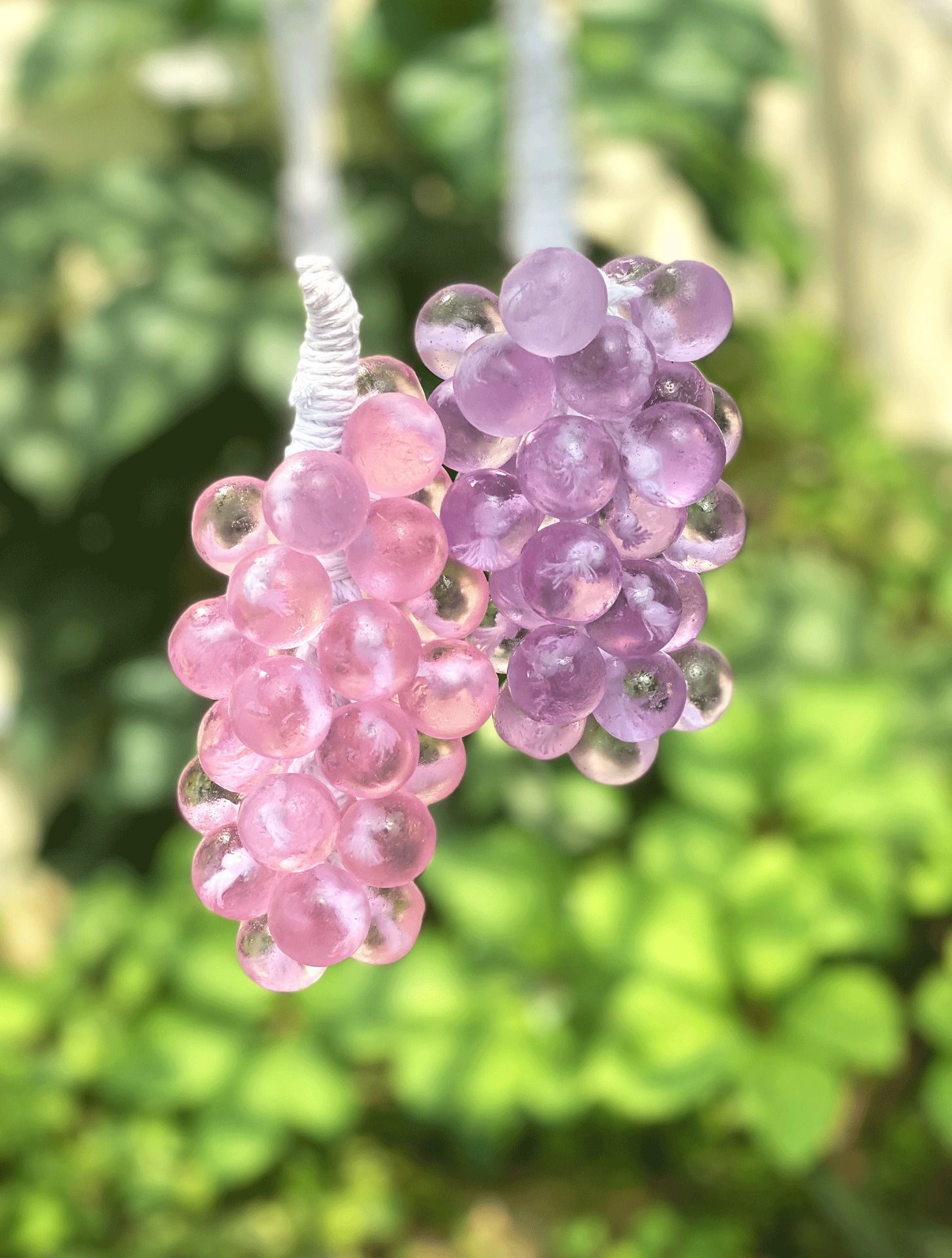In the world of handmade soap, Glycerin Soap has always held a special place due to its crystal-clear appearance and exceptional moisturizing properties. Not only is it as beautiful as a gemstone, but it is also a savior for dry and sensitive skin.
If you are curious about how to make glycerin soap, or want to understand why this type of glycerin bar soap is milder than traditional soap, this article will reveal all the secrets of soap from glycerin.
I. 💧 What is Glycerin Soap? The King of Hydration
All true soaps naturally produce Glycerin during the manufacturing process. Glycerin is a natural humectant that absorbs moisture from the air and locks it onto the skin, providing excellent hydration.
Traditional Soap vs. Glycerin Soap:
Traditional Soap (e.g., Cold Process): Manufacturers often extract the glycerin after production to use in more profitable cosmetic products, thus reducing the finished soap's moisturizing effect.
Glycerin Soap: The process of making soap from glycerin involves intentionally retaining the natural glycerin and often making it transparent by adding extra ingredients (like alcohol and sugar). This type of glycerin bar soap consequently has a higher glycerin content and stronger water-retention capabilities.
II. 💎 How to Make Glycerin Soap: Two Main Methods
When people talk about how to make glycerin soap, they usually refer to these two methods:
1. The Easy Method: Melt and Pour
This is the most beginner-friendly method as it avoids handling lye:
Purchase Base: Buy a transparent glycerin soap base.
Melt: Cut the base into cubes and melt it using a microwave or a double boiler.
Additives: Once melted, add colorants, essential/fragrance oils, or gentle botanicals.
Mold: Pour into molds and allow it to cool and harden.
2. The Professional Method: From Scratch (Cold Process/Hot Process & Dissolving)
This is the traditional method for making truly high-glycerin, ultra-moisturizing transparent soap (referencing my previous blog):
Step One: Saponification: Perform the saponification reaction using oils, water, and lye, just like making regular cold process soap.
Step Two: Transparency: After saponification is complete, add high-proof alcohol, extra glycerin, and sugar water, then continue heating and stirring until the soap fully dissolves and becomes crystal clear. This process is the core technique of making soap from glycerin.
III. 🛁 Benefits of Using Glycerin Bar Soap
Why should you choose glycerin bar soap for your daily cleansing routine?
Ultra Gentle: Due to its high glycerin content and mild formulation, glycerin soap is exceptionally kind to sensitive and dry skin, reducing the feeling of tightness after cleansing.
No Soap Scum: This soap from glycerin dissolves well even in hard water, meaning it is less likely to leave mineral deposits or soap scum.
Visually Appealing: Transparent glycerin bar soap can have flowers, toys, or intricate color designs embedded inside, giving it high ornamental value.
Tip: Due to its high glycerin content, glycerin soap is prone to "sweating" (absorbing moisture from the air). Therefore, store unused bars tightly wrapped in plastic wrap and place in a dry, well-ventilated soap dish after use.
Whether for moisturizing needs or aesthetic preferences, glycerin soap is a brilliant choice in the world of handmade soaps.
Would you like me to search for detailed recipes on the professional method (Cold Process & Dissolving) of how to make glycerin soap, or recommend some well-known glycerin bar soap brands?


